2025 LAF Innovation + Leadership Symposium
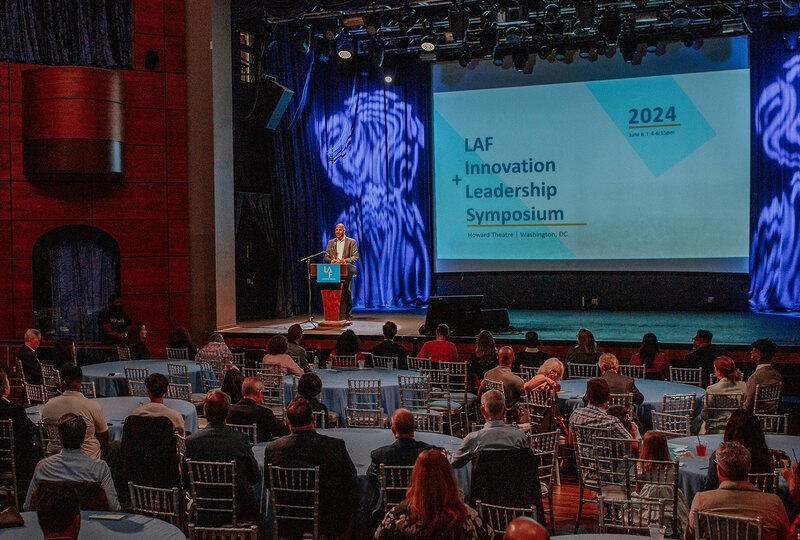
This powerful event showcases leading-edge thinking in landscape architecture to address a breadth of current issues within and beyond the discipline.
Our annual LAF Innovation + Leadership Symposium takes place in Washington, DC, and is followed by a reception where guests can mingle and meet the Fellows. For those unable to attend in-person, the 2-hour symposium will be broadcast in real time, accessible from any device with an internet connection.
The symposium is approved for 2.0 PDH (LA CES/HSW). Livestream viewers must successfully complete a short quiz to earn these credits.
When
Thursday, June 5, 2025
Times in EDT
4:00-6:15pm LAF Innovation + Leadership Symposium
6:30-8:30pm Cocktail reception
Where
Arena Stage at the Mead Center for American Theater
Kogod Theater / Molly Smith Study
1101 Sixth Street SW, Washington, DC 20024
Tickets
In-person: $45
Student in-person: $20
Livestream: $7.50
In-person tickets include reception with open bar and a generous spread of hors d'oeuvres. Livestream tickets help to cover the cost of the broadcast.
Registration link coming soon!
By registering, you are also signing up to receive newsletters and program announcements from LAF. You can edit your subscription preferences or unsubscribe at any time.
Sponsors
-

Leadership Programs Sponsor
-

Symposium Sponsor
Sponsorship opportunities are available!
Symposium sponsors help celebrate transformational leadership and share the impactful work of the LAF Fellows with the world through the in-person event, livestream, and event recordings. For information on becoming a sponsor, contact Spencer Meyer at smeyer [at] lafoundation.org.
A Culmination and a Launching Pad
The symposium is the culmination of the yearlong LAF Fellowship for Innovation and Leadership, a unique program and $25,000 award that supports mid-career, senior-level, and emerging professionals as they develop and test new ideas that will drive the future of the landscape architecture discipline and bring about impactful change to the environment and humanity.
The six 2024-25 LAF Fellows will present their projects, which address rewilding agriculture, landscapes as learning labs, closing the science-communication gap, illuminating policy, expanding agroforestry, and infrastructure adaptation.
Whether you are a landscape architect, allied professional, or community member with a shared interest in these issues, the symposium is a not-to-miss event!
The eighth LAF Innovation + Leadership Symposium will be held on Thursday, June 5.
Event Schedule
3:40pm Doors Open
4:00pm Welcome + Opening Remarks
4:05pm Presentations from 3 Fellows + Moderated Audience Q&A
5:10pm Presentations from 3 Fellows + Moderated Audience Q&A
6:10pm Closing Remarks
6:30pm Cocktail Reception
8:30pm Event Ends
*All times are EDT
Continuing Education Credits
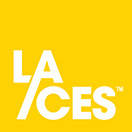
The symposium is approved for 2.0 Professional Development Hours (PDH) through the Landscape Architecture Continuing Education System (LA CES) and meets the health, safety and welfare requirements (HSW).
Learning Objectives
- Understand the role of landscape architects and opportunities for action with issues such as rewilding agriculture, landscapes as learning labs, closing the science-communication gap, illuminating policy, expanding agroforestry, and infrastructure adaptation.
Learn about the research and process that landscape architects have experienced over the course of their fellowship year in making transformational steps in the development of project work that contributes to innovation and leadership in the profession, the environment, and humanity.
Gain inspiration for how to work toward transformative change in your own work.
Presentations
Emergent Mutualism: Closing the Interdisciplinary Science-Communication Gap
David Buckley Borden, Senior Advisor of Creative Practice and Innovation, Center for the Future of Forests and Society, Oregon State University; Associate Research Professor, University of Oregon College of Design

Using recent collaborations as case studies, this project seeks to identify, develop, and articulate creative environmental-communication methods, models, and frameworks to answer the question: How can interdisciplinary science-communication be re-imagined as a collaborative design process between landscape architects and ecologists? The case studies serve as a prompt for the development of a series of accessible project-specific, how-to booklets that combine design thinking, communication theory, experiential design, and public-engagement practice into a free publication.
Infrastructure, Rescripted: The Public Realm on a Mass Scale
Anya Domlesky, Director of Research, SWA Group
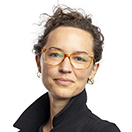
Transportation space dominates the public realm in the United States. But in a moment of transition, much of our port, river, rail, and road infrastructure is obsolescing or misaligned with needs. Since transportation land is often publicly held, it may be adapted for a broader set of benefits, more reflective of public values. Anya argues for a renewed focus on infrastructure adaptation projects as an urban design strategy to build low carbon, economically vibrant cities.
Toronto Policy Atlas: A Graphic Guide for Living Landscapes
Aaron Hernandez, Associate, Reed Hilderbrand
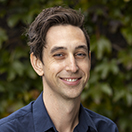
The Toronto Policy Atlas starts with a question: How did we get here? Cascading environmental crises signal a need for transformative change to laws and policies that govern our relationship with the Earth. Transformative change requires grappling with the past. Using the tools of design visualization and storytelling, this project aims to illuminate how cultural values shape policy, how policy shapes land, and asks: How might the living landscape shape policy for a sustainable future?
Landscapes are Learning Labs
Brad Howe, Principal, SCAPE
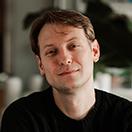
This project explores how landscape architects can collaborate with community partners and educators to develop a curriculum for their projects that provides youth with hands-on learning experiences, unlocking the landscape as a teaching tool. Drawing from successful case studies, Brad identifies key components of a successful partnership and shares strategies for integrating these efforts into practice. This research aims to advance this model of landscape participation that empowers youth to become environmental stewards and advocates in their communities.
Feral Farms: Midwestern Recipes for Land Justice
Forbes Lipschitz, Associate Professor, The Ohio State University

In response to the urgent need for sustainable, biodiverse, and just food systems, Feral Farms centers Indigenous conservation as a guiding force for reimagining agriculture. The project asks: How can we modify our diets and de-domesticate our landscapes in ways that honor cultural sovereignty and mitigate climate change? Weaving together case studies and traditional foodways, this research illustrates how rewilding agriculture can be both a reparative practice and a regional reality—culminating in a collection of recipes rooted in Midwestern tradition.
Toward a National Agroforest
Amy Whitesides, Design Critic, Harvard University Graduate School of Design
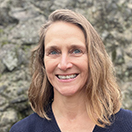
Agroforestry is the intentional integration of agriculture and tree crops into a productive system with economic, social, and ecological benefits. These layered interactions between people, plants, animals, and fungi create multi-scalar reciprocities that can support profitability alongside environmental stewardship, soil quality improvements, and reduced carbon emissions in the agriculture industry. This project imagines an expansive future for agroforestry through a Field Guide to collaborative opportunities with plants, policies, and marginal lands across America.












